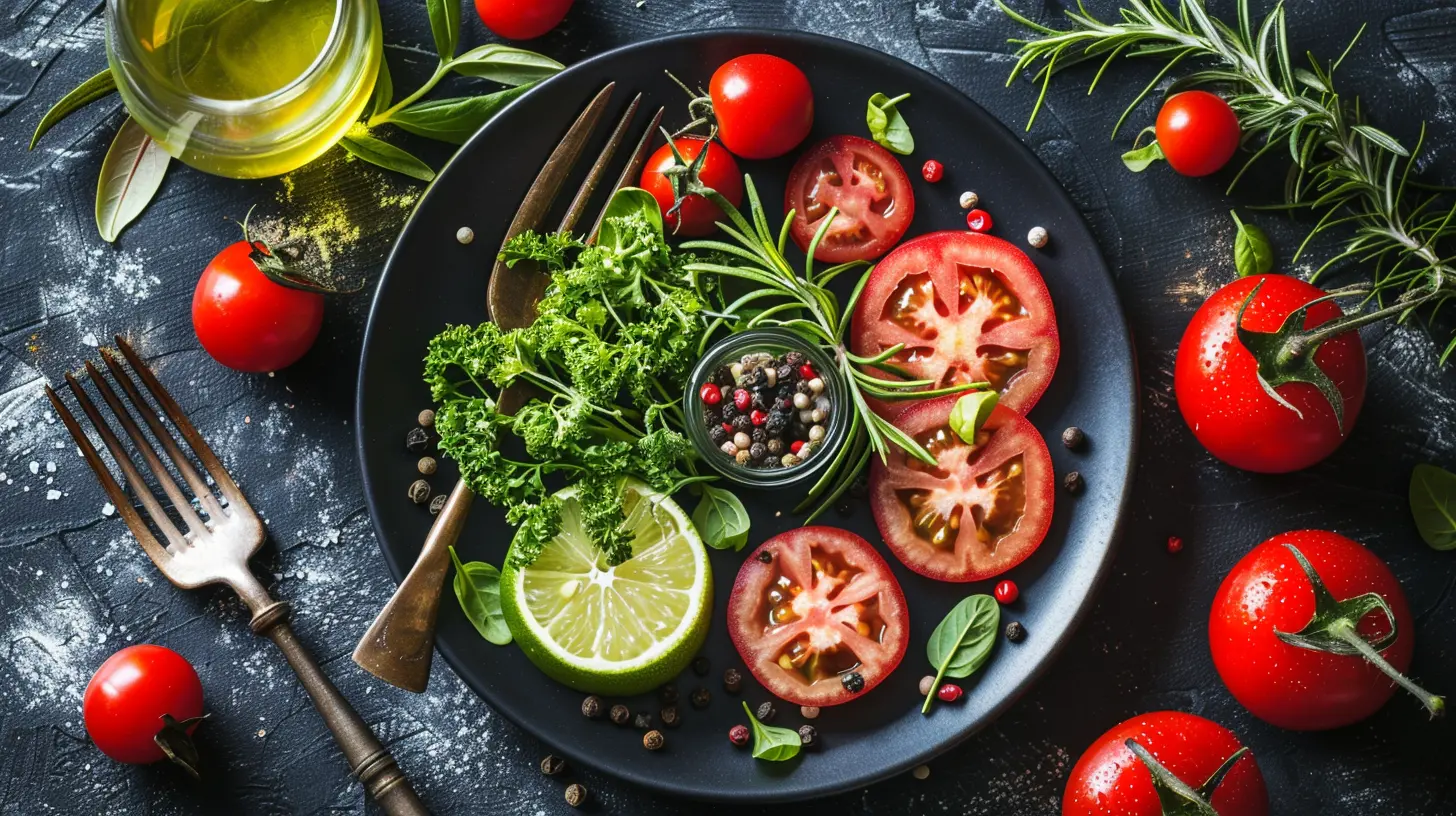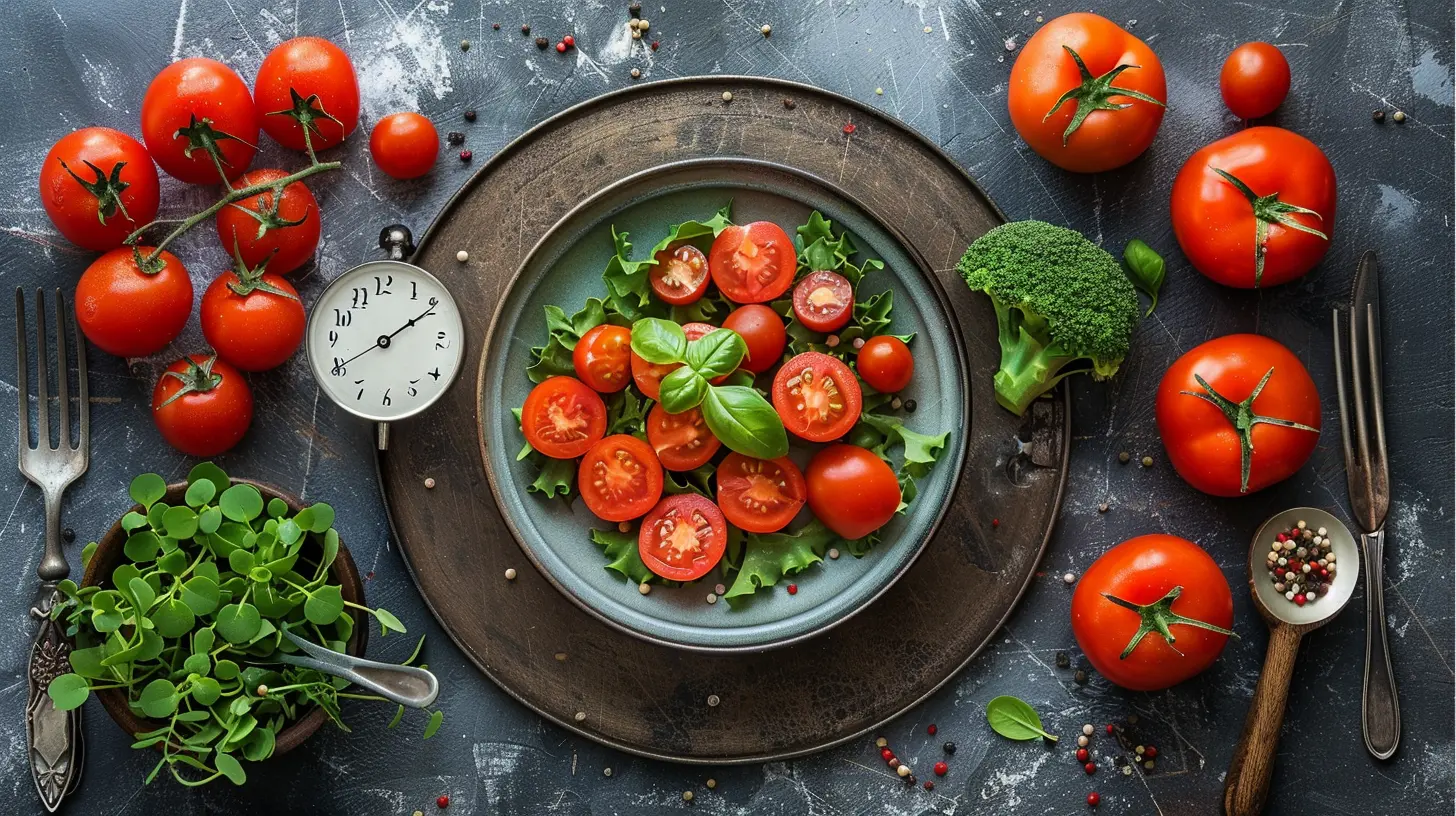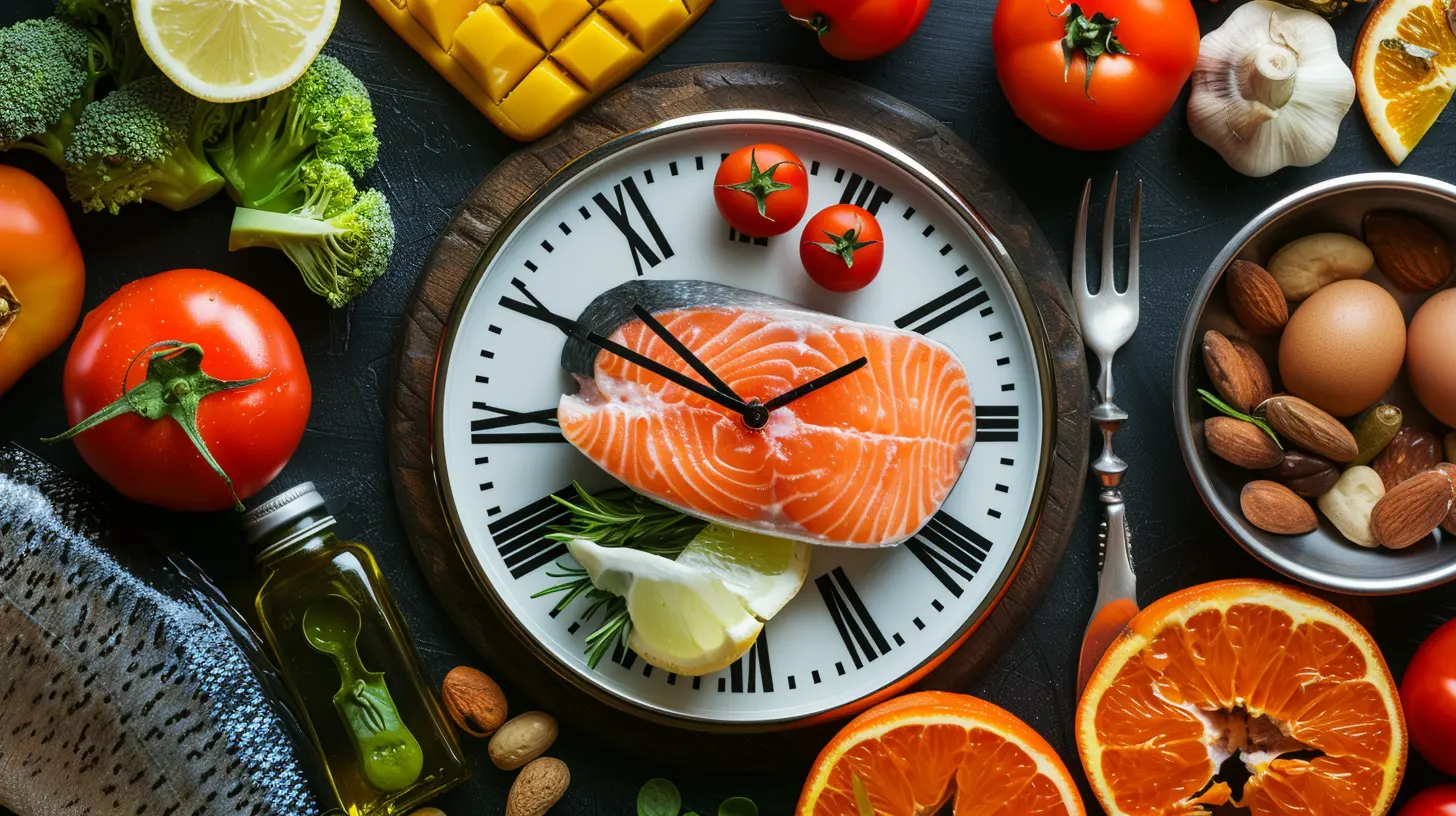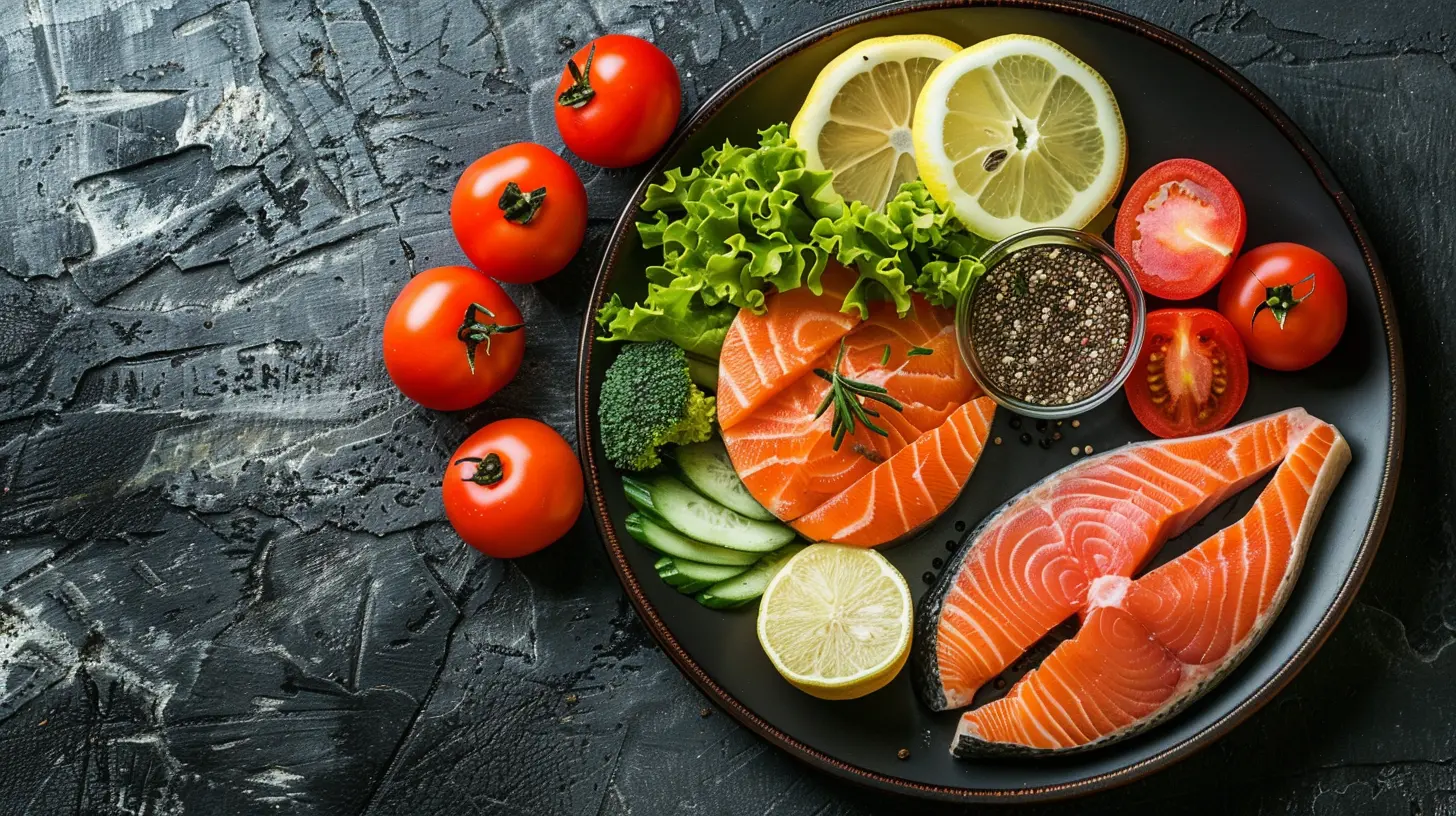What to Eat After Intermittent Fasting for Optimal Results
23 August 2025
So, you’ve made it through your fasting window—high five! Now comes the golden question: what should you eat after intermittent fasting to make the most of your effort?
Trust me, what hits your plate after that fast isn’t just about satisfying hunger. It’s about fueling your body, maximizing results, and keeping the whole intermittent fasting (IF) journey working like a well-oiled machine.
In this post, we’re breaking down the best foods to eat after fasting for fat loss, muscle gain, energy, and overall health. We’ll also dive into meal timing, portion sizes, and common mistakes to avoid. Ready to finally get clarity? Let’s dig in.
🧠 Why Post-Fast Nutrition is So Important
Here’s the thing—when you fast, your body shifts gears. It taps into stored fat for energy and enters a state called ketosis (depending on how long you fast). It also becomes more sensitive to insulin, which means when you finally do eat, your body absorbs nutrients more effectively.Sounds awesome, right? It is. But it also means that your first meal after fasting is crucial. You can either feed your body the nutrients it craves—or totally derail your progress with junk.
Think of your body after fasting like a sponge. What do you want it to soak up? Quality fuel or empty calories?
🌟 What to Eat After Intermittent Fasting for Optimal Results
Let’s get to the good stuff: the foods that work with your fasting regimen, not against it.1. High-Quality Protein
You’ve fasted. Your body’s in repair and rebuild mode. What does it need most? Protein.Protein helps your body rebuild cells, maintain muscle mass, and even burns more calories during digestion (hello, thermic effect). It’s a no-brainer after a fast.
Best protein choices:
- Eggs (boiled, scrambled, poached)
- Chicken or turkey breast
- Salmon or tuna
- Greek yogurt (unsweetened)
- Cottage cheese
- Protein shakes (whey, pea, or collagen)
_Side tip_: If you're breaking your fast with exercise, this is especially crucial. Protein supports muscle recovery and growth.
2. Healthy Carbohydrates
Yes, carbs! Not the kind that spikes your blood sugar and sends you into a food coma—but complex carbs that fuel your system and keep you energized.Why are carbs important after a fast? Your glycogen stores (aka your body’s energy tanks) are partially depleted during fasting. Replenishing them smartly keeps you from crashing.
Go-to complex carbs:
- Quinoa
- Sweet potatoes
- Brown rice
- Oats
- Lentils
- Whole grain bread
_Pair carbs with protein for a balanced meal that’s satisfying, stable and energizing._
3. Healthy Fats
Fat doesn’t make you fat—especially when you’re fasting. The right fats help regulate hormones, provide long-lasting energy, and support nutrient absorption.Healthy fat sources:
- Avocados
- Extra virgin olive oil
- Chia seeds
- Nuts and nut butters (in moderation)
- Fatty fish like salmon
- Coconut oil
_Splash some olive oil on your salad or throw avocado on your toast—your body will thank you._
4. Fiber-Rich Veggies
After fasting, your digestive system might be moving a little slowly. Fiber-rich vegetables get things flowing and help you feel full longer without piling on calories.They also deliver vitamins, minerals, and antioxidants, which are exactly what your body needs after a “mini-reset”.
Top veggie picks:
- Spinach
- Kale
- Broccoli
- Zucchini
- Bell peppers
- Carrots
_Think colorful. The more vibrant your plate, the more nutrients you're getting._
5. Hydrating Foods & Fluids
You’ve been fasting—and likely not drinking as much as usual, especially if you’re doing dry fasting. Dehydration can sneak up on you and mess with your hunger cues and energy.Start your eating window by rehydrating. It's as simple as that.
Smart hydration choices:
- Water (add lemon or mint if you’re fancy)
- Coconut water
- Bone broth (great for gut health)
- Herbal teas
- Cucumbers, watermelon, celery (all high in water)
_Drink water before eating to prep your digestion and curb any “fake hunger.”_
🍽️ First Meal vs. Second Meal: Strategy Matters
Your first post-fast meal should be gentle on digestion. Think of it like waking up your stomach after a nap.First Meal (Breaking the Fast)
Keep it simple and balanced. You want easily digestible foods that don't spike insulin too hard.Example:
- 2 boiled eggs
- A slice of avocado toast on whole grain bread
- Green tea or water
Or…
Protein smoothie:
- Unsweetened almond milk
- Collagen peptides or whey protein
- Chia seeds
- Handful of spinach
- Half a banana
Second Meal (Main Meal)
Now that your body’s awake, go for a full, nutrient-dense meal. Think lean protein + complex carbs + healthy fats + fiber.Example Dinner:
- Grilled salmon
- Quinoa
- Steamed broccoli
- Olive oil drizzle
_The goal is balance. Not trying to win a food marathon._
⏰ Timing Is Everything
When you break your fast is just as important as what you eat. The key is to listen to your body—but also not wait until you’re ravenous and ready to eat your arm.If you're following a 16:8 method, aim to break your fast with a small meal and eat your main meal 2–3 hours later. This stabilizes your blood sugar and keeps cravings in check.
Also… slow down. Chew your food. Enjoy it. This isn’t a binge fest—it’s nourishment time.
❌ What NOT to Eat After Intermittent Fasting
You’ve done the hard work. Don’t sabotage your results with these no-go foods:1. High-Sugar Foods
Candy, soda, pastries? Huge insulin spike. Rapid energy crash. Cravings through the roof. Save yourself.2. Processed Junk
Chips, fast food, frozen dinners—loaded with unhealthy fats, salt, preservatives. Your gut and waistline won't thank you.3. High-Glycemic Carbs
White bread, white rice, sugary cereals. These spike blood sugar and blunt the metabolic benefits of fasting.4. Fried Foods
Greasy fried chicken or fries? Hard to digest. Slows down your post-fast recovery.💪 Best Post-Fast Meals Based on Your Goals
You might be fasting for different reasons—weight loss, muscle gain, overall health. Here’s how to tweak your meals accordingly.For Weight Loss
Keep calories in check without skipping essential nutrients.- Focus on lean protein, veggies, and light carbs.
- Watch portion sizes.
- Avoid added sugars, even in “healthy” foods.
For Muscle Gain
Up your protein and overall calories.- Add a post-workout protein shake.
- Include more complex carbs to fuel muscle recovery.
- Prioritize meals after workouts within your feeding window.
For Energy & Mental Clarity
Think clean and balanced.- Avoid sugar and high-carb meals that cause brain fog.
- Moderate protein + fiber + healthy fats work best.
🛑 Common Mistakes After Intermittent Fasting
Don’t fall into these traps—we’ve all been there.- Overeating: Fasting can make you think you're starving. Start small.
- Eating too fast: Slow down. Digestion starts in your mouth.
- Ignoring hydration: Fasting often dehydrates. Drink up.
- Skimping on nutrients: Don’t just eat light—eat smart.
- Reward bingeing: Fasting is not the Hunger Games. You’re not earning cheat meals.
📝 Final Thoughts
Intermittent fasting is like giving your body a daily tune-up. But what you eat after fasting? That’s your premium fuel.Stick with foods that support your goals, nourish your body, and keep you satisfied. You don’t need fancy supplements or complicated recipes—just a good mix of protein, fiber, healthy fats, and slow-digesting carbs.
Listen to your body, prepare simple meals, stay hydrated, and trust the process. The results? They’ll speak for themselves—inside and out.
all images in this post were generated using AI tools
Category:
Intermittent FastingAuthor:

Eileen Wood
Discussion
rate this article
1 comments
Elena Patel
Great insights! This will truly help people maximize their intermittent fasting results. Thank you!
September 15, 2025 at 4:40 PM

Eileen Wood
Thank you for your kind words! I'm glad you found the insights helpful!


